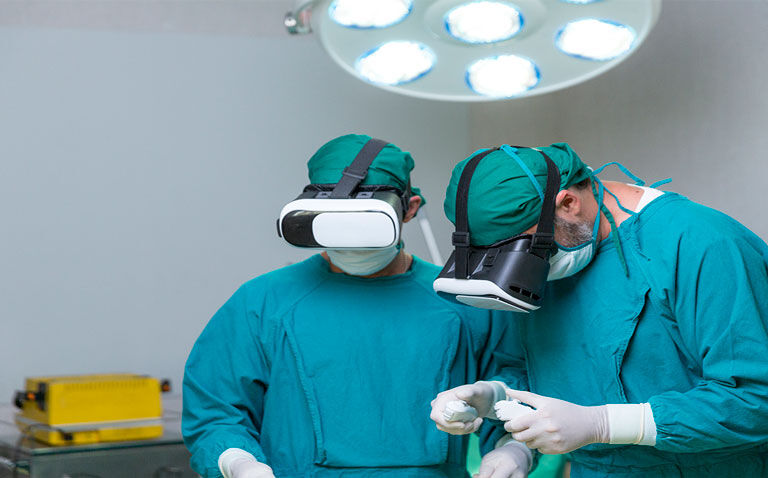A novel augmented reality (AR) navigation system appears to provide safe and effective guidance for bone biopsies in the axial skeletal system, decreasing radiation exposure and the number of CT passes by more than 50%.
For the study, which was published in the journal European Radiology Experimental, a team from the IRCCS Galeazzi-Sant’Ambrogio Hospital in Milan wanted to test the technical feasibility of an augmented reality navigation system to guide bone biopsies. This approach has the potential to avoid the usual series of sequential CT scans required to identify the appropriate site to proceed with the biopsy, thus limiting the radiation dose received by a patients.
Researchers prospectively enrolled consecutive patients admitted to the radiology department and who were subjected to percutaneous CT-guided bone biopsy. The data generated from these patients were then compared with data obtained retrospectively from patients who had previously undergone CT-guided bone biopsies.
Before the first CT scan, radiopaque markers, visible on X-rays, were applied to the patient’s body around the lesion to be treated, as well as on the needle used for the biopsy. After the volume of the patient’s body has been acquired through the CT scan and the lesion identified, specific software using a camera able to recognise the skin markers, coupled them with those identified on the CT scan. This process allowed for the construction of a three-dimensional AR model. Using this model, the operator was able to virtually navigate within the patient’s body, visualising both the lesion and the path of the needle in real time.
The team examined several outcomes: the duration of the procedure, the number of CT passes, the patient’s radiation dose, complications and specimen adequacy. They defined technical success as the ability to complete the procedure as planned, reaching the target centre.
Success of the AR navigation system
For the trial, eight patients were enrolled in the AR group and compared with eight controls. Overall, no complications were observed.
The duration of the AR procedure was 22 minutes, which was more or less the same as the duration for the control group (23 minutes). However, there was a significant reduction in the median number of CT passes compared to the control group (p < 0.001) and a significantly lower radiation dose received by the patient (p = 0.021). Technical success and technical efficacy were 100% for both groups.
Commenting on these findings, the study lead, Professor Luca Maria Sconfienza, head of the Diagnostic and Interventional Radiology Unit and professor of diagnostic imaging and radiotherapy at the University of Milan, said: ‘This technology, which has proven to be safe and efficient, allows us to virtually see through the patient and perform the procedure without the support of sequential CT scans, with an obvious advantage, since the radiation dose is significantly reduced.
‘I hope that this new procedure can fully enter into daily clinical practice, with a view to offering our patients increasingly advanced, but also sustainable solutions.‘
This AR procedure comes as a robotic-assisted bronchoscopy system is used in the UK for the first time to improve precision and speed when taking tissue biopsies of lung nodules.










